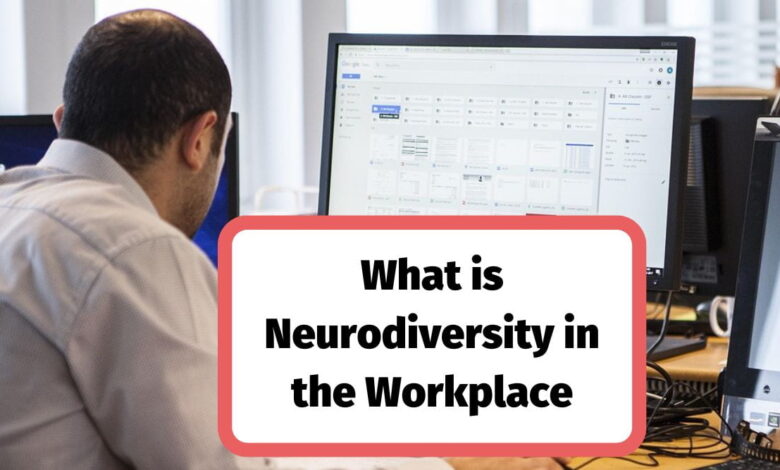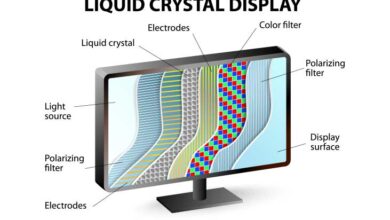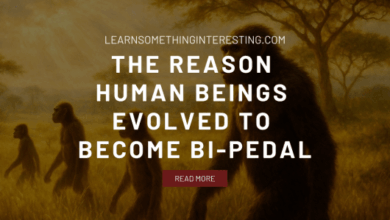What Is Neurodiversity? A Guide for HR, Managers & Trainers


Understanding Neurodiversity in the Modern Workplace
Neurodiversity is increasingly recognized and accepted as a vital element of inclusive and effective workplaces.
As we seek to be more inclusive in the workplace, to help ALL employees thrive and be included, understanding the diverse ways people think, communicate, and process information is extremely useful.
But what exactly does “neurodiversity” mean, and how can HR professionals, corporate trainers, and managers apply this understanding practically?
Defining Neurodiversity
Dr. Paul Symonds (2023) defines neurodiversity as:
“Neurodiversity is the concept that different people have different ways to experience, think and learn in the world. There is no exact one correct way.
Some people process information quickly, others focus deeply, some are highly creative, and others see details others miss.
These differences aren’t flaws because they are what make our world diverse, interesting, innovative, and full of unique perspectives. A positive stance on neurodiversity is to accept and celebrate and to be accepting of these differences so that we can all develop.”
This perspective emphasizes the value in cognitive differences and encourages us to see them not as deficits, but as unique strengths that contribute to innovation, creativity, and resilience in the workplace.
Common Neurodivergent Conditions in the Workplace
Every person is an individual, of course, so these generalizations I will mention are exactly that, general traits for these conditions. These traits are worth discussing, though, because many people with the conditions do often share certain traits:
1. Autism
Employees who are considered autistic often have different ways of interacting socially, of communicating, and they often pay a lot of attention to detail. This is not always the case, but in general, these traits are common for employees with autism.
2. Attention Deficit Hyperactivity Disorder or ADHD
This is a condition that means that the individual has quite a variability in terms of their attention, and they are sometimes impulsive.
Their strengths can often include a high level of creative thinking and the ability to hyperfocus on tasks that interest them.
3. Dyslexia
It refers to those people who have a challenge with reading, writing, and processing language. People with Dyslexia often have strong problem-solving skills and can be great at a range of other skills, including creative thinking.
4. Obsessive-Compulsive Disorder (OCD)
Employees with Obsessive-Compulsive Disorder (OCD) can experience the need to be repetitive in their thought patterns or behaviors, but OCD is also linked to strong analytical thinking and attention to detail, a very useful workplace attribute.
5. Dyspraxia
This is a term used for those who have difficulty with coordination, movement, and spatial awareness.
There are other conditions that also come under neurodivergence, including Tourette’s syndrome.
Why Understanding Neurodiversity Matters for HR and L&D
Recognizing and supporting neurodivergent employees goes beyond compliance.
Indeed, it builds a healthier, more inclusive workplace for all, which is key to creating an inclusive workplace culture.
Here are a few key reasons why understanding neurodiversity matters:
- Retention & Morale: Inclusive environments reduce employee turnover through offering employees the opportunity to feel more valued and supported.
- Productivity: Simple adjustments can direct employees toward using otherwise untapped productivity by aligning tasks and environments to the strengths of neurodivergent employees.
- Innovation: Diverse thinking aids creative problem-solving in the workplace.
What Is Neurodiversity Training?
Neurodiversity training helps teams understand the cognitive differences that exist across employees and how these differences impact communication, collaboration, and workplace wellbeing.
Unlike technical or clinical training, these sessions focus on raising awareness and building empathy.
Effective neurodiversity awareness training often includes:
- Insights into common neurotypes like autism, ADHD, and dyslexia
- Examples of workplace adjustments that support inclusion
- Practical actions managers can take to reduce bias and foster psychological safety
This type of training is especially valuable for teams new to DEI work, offering an accessible and impactful entry point.
We’ve developed ready-to-use neurodiversity training materials tailored for HR teams, L&D professionals, and workplace trainers to help raise awareness and build inclusion across your organization.
Examples of Reasonable Adjustments
Here are just a few ways to create more neuro-inclusive environments:
- Offering clear written instructions alongside verbal ones
- Allowing headphones or quiet zones for sensory needs
- Flexibility in deadlines or formats for task completion
Traits & Strengths of Neurodivergent Employees
Let’s consider the conditions and associated workplace strengths, e.g., Autism – Attention to detail, ADHD – Creative problem-solving, etc.)


FAQs
Is being neurodivergent considered a disability?
Not always. While some neurodivergent individuals may qualify for disability accommodations under law, others do not consider their condition disabling but simply different.
How can I start introducing neurodiversity awareness in my company?
Begin with awareness training, open dialogues, and a review of policies to identify where adjustments may be needed. Consider using structured training materials like our editable session packs.
Final Thoughts
Understanding neurodiversity is not just about compliance or trends
It is a genuinely important topic if you are involved in managing employees as a manager or someone working in HR.
It is, in essence, about seeing and celebrating human difference as a source of strength.
As trainers and HR leaders, we have the power to shape workplaces, and we should do so.
You might also be interested in reading more articles on workplace equality and diversity training resources.
Ready to Build an Inclusive Workplace?
Empower your team to support neurodivergent employees with our Neurodiversity at Work Training Materials. These editable, easy-to-deliver resources are perfect for HR, L&D, and DEI professionals who want to create lasting impact through practical awareness training.
View the Training Pack




